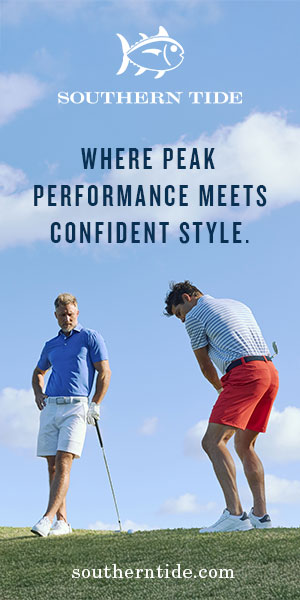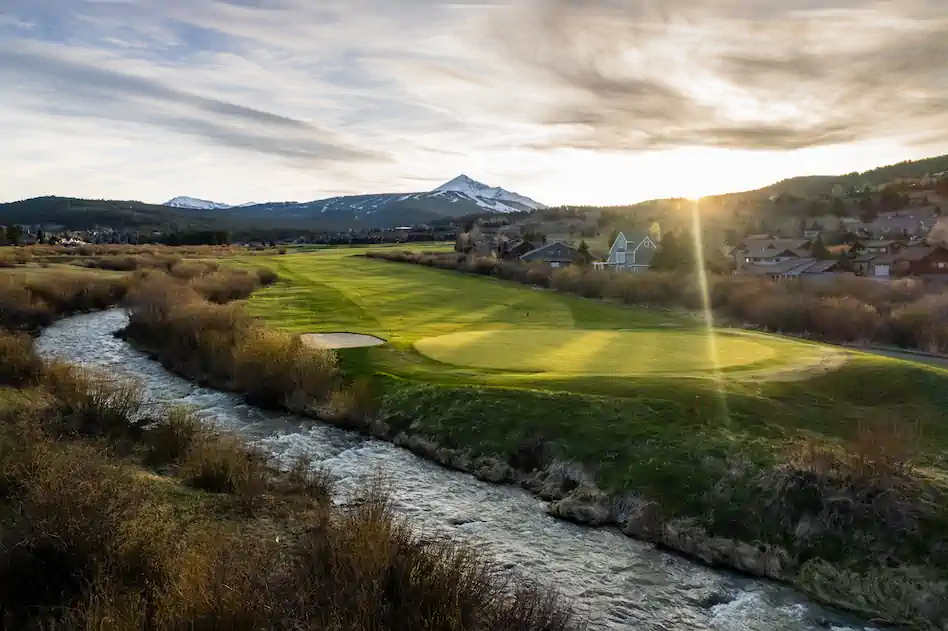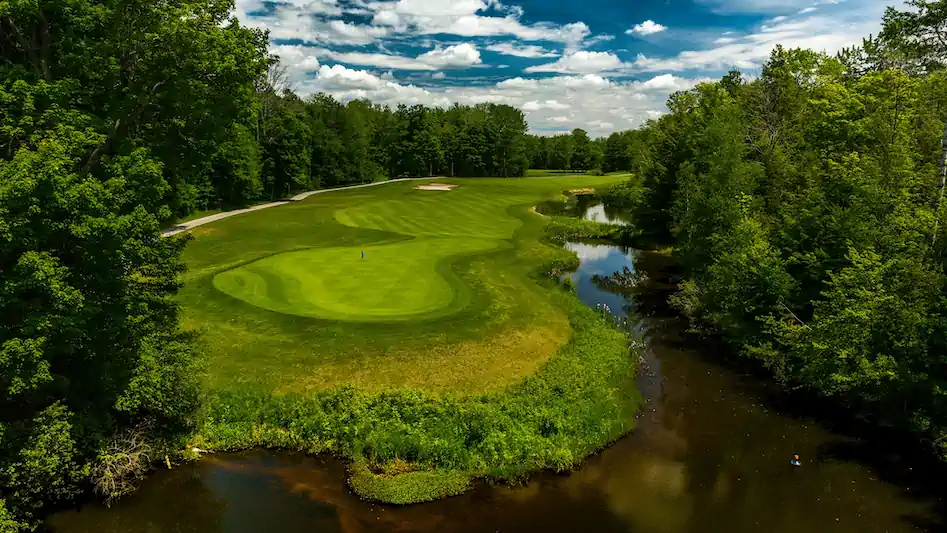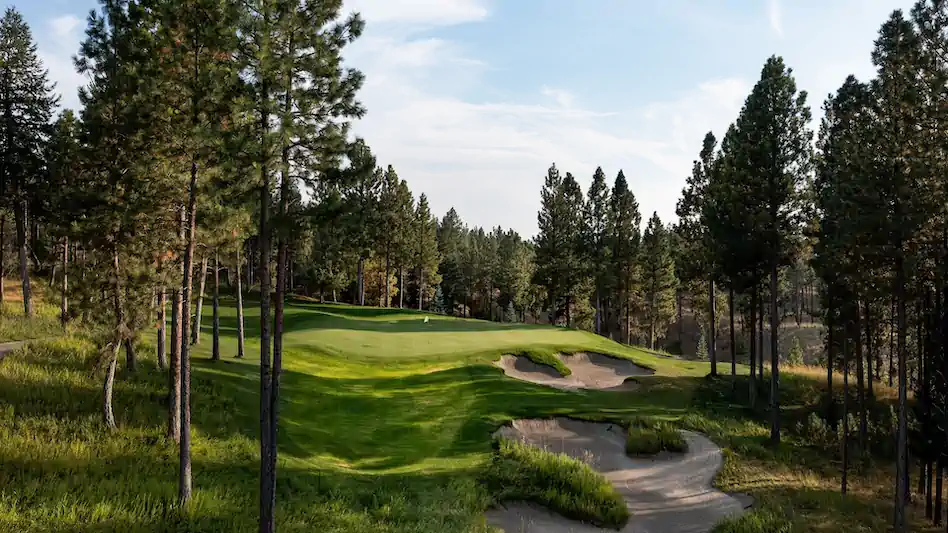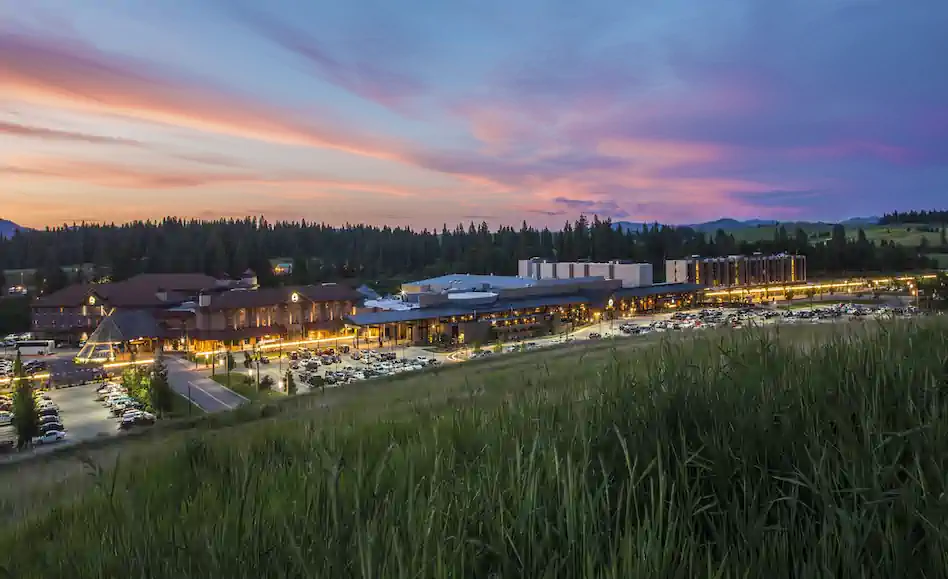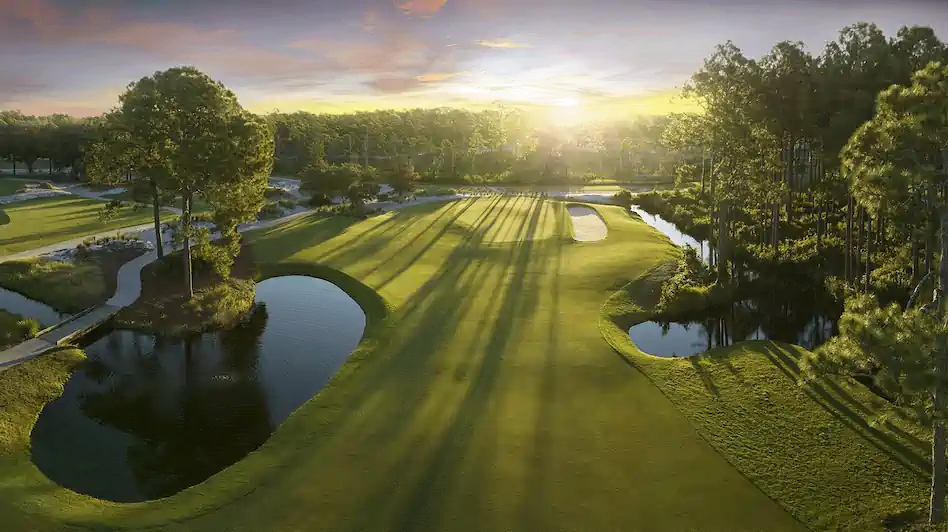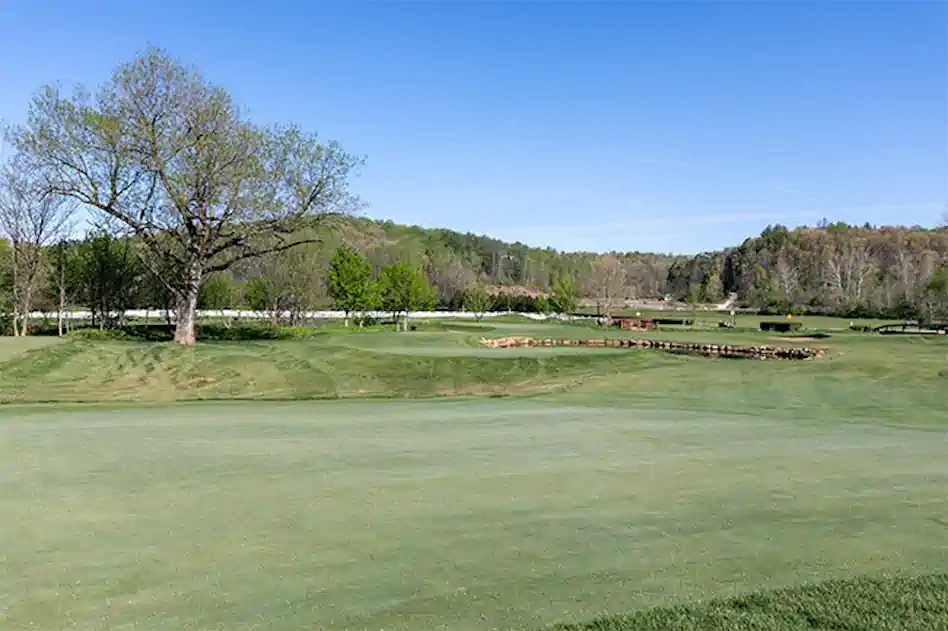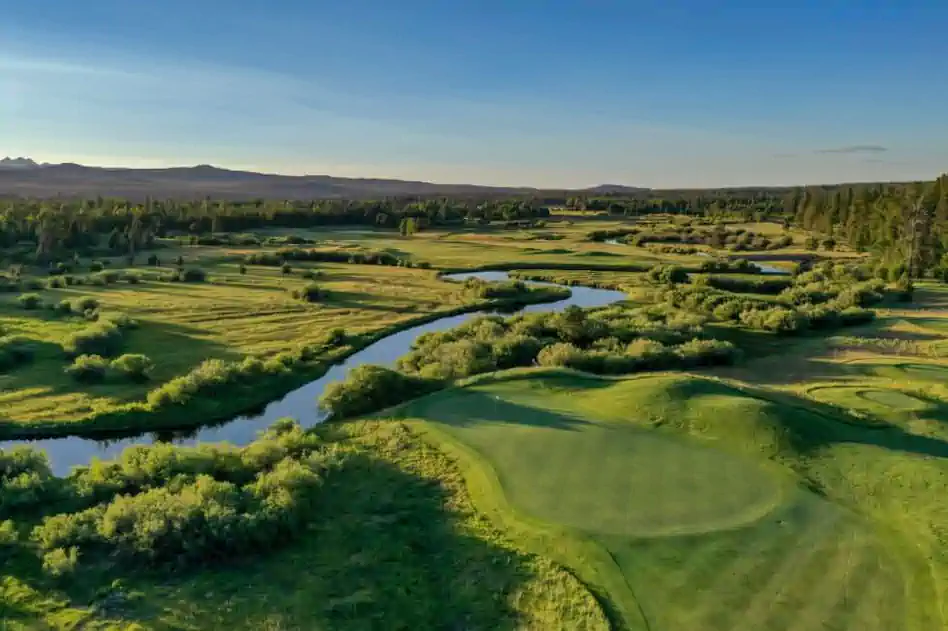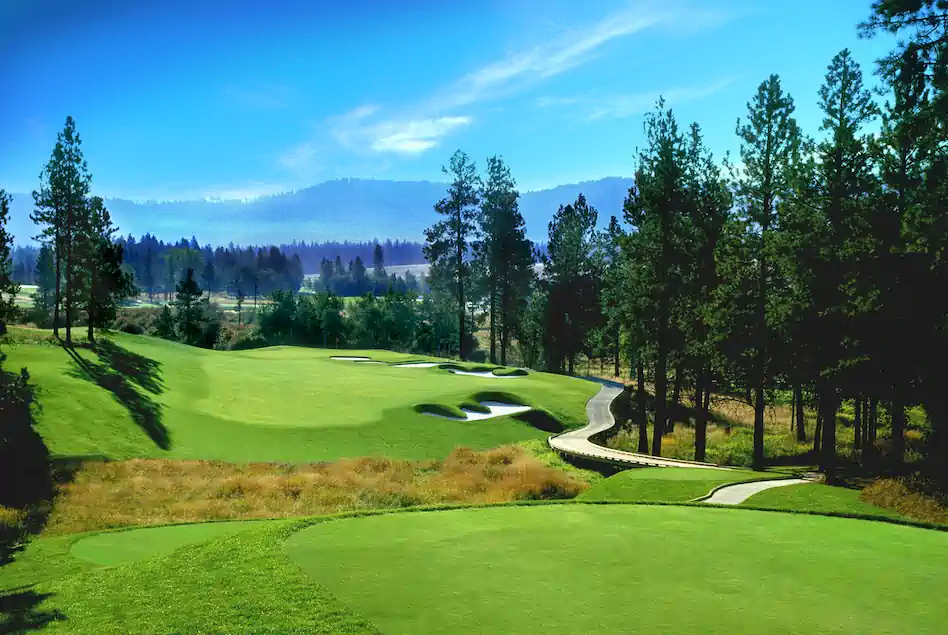After more than a year of not traveling, we all are ready to go somewhere… I’m on a quest to find those “somewheres” that should be on every golfer’s list of must-play destinations…a place you can experience world-class golf, great accommodations and still avoid the crowds.
The Jekyll Island Club located on Georgia Golden Isles is the first somewhere.
Jekyll Island Club, a member of the Georgia Golf Trail, is owned by the State of Georgia and managed by the Jekyll Island State Park Authority, Jekyll Island has had development limited to just 35 percent of its available land area. This unique aspect of Jekyll Island serves to preserve the critical barrier island ecosystem and provide guests with a unique escape from the crowds and complications of other beach resort destinations.
The Club, founded in 1886 by a group of society’s elite as a private winter hunting retreat, enjoys a setting of unspoiled natural beauty, nestled amid live oak trees draped in Spanish moss.
In 1898, members of the Jekyll Island Club created the island’s first golf course, which has expanded over the years into four courses attracting such acclaimed designers as Donald Ross, Walter Travis, and Joe Lee – as well as players from around the world. Jekyll Island Golf Club, is now Georgia’s largest public golf course, featuring three 18-hole golf courses (Pine Lakes, Indian Mound and Oleander) plus the 9-hole Great Dunes course. Each course is a masterpiece, winding through some of Jekyll Island’s most pristine lakes, marshes, and forests.
Before playing, I met with Spencer Brookman, the Director of Golf, to get his perspective of the course. As he tried to describe what I would experience, I could tell by the look in his eye and the smile on his face, that Jekyll Island was more than a job to him – it was a special place. It is not your typical Coastal Island Golf Resort.
Spencer was very careful not to tell me too much about the course, just that it was laid out in a natural setting with very few man-made obstructions and only six houses in view from the course. He also mentioned to watch out for the deer and other wildlife that inhabited the course.
We chose to play Pine Lakes, originally built in 1968 and renovated in 2002 by Clyde Johnson. Pine Lakes is the Island’s longest golf course, meandering through ocean forests and undisturbed marsh hammocks. Golfers and naturalists alike will find solace in this tranquil outdoor venue. Known as the Island’s family-oriented course with family-friendly tee boxes, making it one of the few courses in the nation that provides even playing ground for both adults and younger players.
From the tips, Pine Lakes plays at 6700 yards with a course rating of 72.0 and a slope of 134. We played the GOULD Tees (5810 – 68.1/121 ) and found it challenging without being intimidating. Choosing the right yardage to play can make all the difference in how much you enjoy your round and we wanted to take full advantage of the beauty of this course. We were here to enjoy ourselves not to see how much we could get punished by the course.
Favorite Holes
Number 1 is a great starting hole, it is the number 5 handicap, but from the Gould Tees it plays at 487 yards. One fairway bunker down the left side of the relatively wide fairway shouldn’t come into play. However, the bunkers protecting the front right of the green are a different story, these bunkers will force your approach shot to fly the bunkers and land softly on the large green or if you want to take the bunkers out of play, approach from the left side. Once on the green, you will find the green (as all greens are) to be in excellent condition and rolling true. A par here is a great start.
Number 8 a 335-yard par-4 with a wide tree-lined fairway. A good tee shot on this dogleg right will leave a mid-iron into a relatively small green, the bunkers should not come into play. This is a feel-good hole – it’s the Number 17 handicap for a reason.
Number 17, a Par 3 flanked by water left and behind the green and a large waste bunker occupying most of the right side and middle of the fairway. Additional bunkers framing the green right and left should not come into play. This is a great hole in the 1-2 finishing punch of Pine Lakes.
Number 18 is the Signature Hole. A par 4 at 383 yards, the number 2 handicap, the tee shot can be intimidating, with a lake down the entire right side of the fairway, reaching almost to the green and a narrow fairway protected on the left by trees and when the trees end, the bunkers begin. A very slight dogleg-right, this hole is a challenging finishing hole. But it is the hole that will make you come back, you will either play it well and want to play it again or if you don’t play it well, will feel the need to have to play it again. Either way, it’s a great finishing hole.
Playing Pine Lakes was enjoyable and refreshing and it was so nice to not hear cars and other city life. The words that keep coming to mind were peaceful, natural, and unspoiled. This is the way golf is meant to be played. Tree lined wide fairways with smooth true rolling greens.
Spencer was right about the natural setting, but I think he was wrong about the houses – we didn’t see any. Maybe they were there but all the deer we saw must have blocked our view of the houses.
For those looking for more activates than just golf, Jekyll Island has some beautiful beaches, unlike those found on other coastal destinations. With 10 miles of grand, unspoiled shoreline and a variety of amenities, you’ll find the perfect place to relax and refresh the senses. From bird watching on St. Andrews to photo ops on Driftwood Beach, the sun-drenched sanctuaries offer a truly invigorating experience in an uncrowded setting.
Jekyll Island dining ranges from casual, family-friendly to elegant fine dining. And there’s no better way to experience the island hospitality and unique culture than by gathering around the table for some local low-country fare to award-winning brunch served in the ballroom, you’ll find plenty of choices to satisfy your cravings for an inspiring culinary experience on Jekyll Island.
Jekyll Island checked all the boxes for us:
- Exceptional Golf
- Beautiful Beaches
- Miles of paved Walking/Biking Trails along the water
- World Class Accommodations
- Fine Dining and Family Casual Dining
- And the most important – Away from the Crowds
Great Dunes Course
Famed course designer Walter “Old Man” Travis put his stamp on Jekyll Island when he constructed Great Dunes in 1926. Summoned to the Island by some of the nation’s most elite families during the Club Era, Travis created the best course money could buy. Swept with oats and reflective of the Island’s unique coastal terrain, Great Dunes’ 9-holes alternate in difficulty and simplicity, creating a stimulating round on the links.
Jekyll Island became a testing ground for the future of golf. In 1924, the USGA tested new steel clubs in favor of original hickory shafts and ball size & density tests were conducted, all of which changed the game of golf forever.
Course Information:
Holes: 9
Par: 36
Yards: 3,229
Indian Mound Course
Constructed in 1975, Indian Mound is a masterpiece from course designer Joe Lee. Known for displaying Lee’s signature fairway bunkers in precarious locations, this natural course displays the Island’s pristine beauty and woodlands. Though it is the shortest of Jekyll’s three 18-hole courses, Indian Mound offers plenty of challenges. The par 5s are more difficult than the modest yardage might suggest, and only one of the par 3 holes can be thought of as a soft touch. The course’s par 4 holes provide several scoring opportunities for golfers able to take advantage of the short shots into the greens.
Holes: 18
Par: 72
Yards: 6,469
Oleander Course
Generally thought of as the most difficult course on Jekyll Island, Oleander also has the honor of being the oldest Island link, serving as the host course for the Georgia Open during its four-year Jekyll run. Designed by one of the most respected course architects in the game, Dick Wilson, Oleander is known as the most distinct of the Island’s three 18-hole courses. Though from its fairway the course is not particularly a difficult layout, it is considered tightly designed, with ocean breezes and short grasses providing a challenge to golfers of all skills levels.
Holes: 18 Holes
Par: 72
Yards: 6,521
Pine Lakes Course
Originally built in 1968 and renovated in 2002, Pine Lakes is the Island’s longest golf course, meandering through ocean forests and undisturbed marsh hammocks. Golfers and naturalists alike will find solace in this tranquil outdoor venue. Known as the Island’s family-oriented course, Pine Lakes was developed by designer Clyde Johnson to incorporate family-friendly tee boxes, making it one of the few courses in the nation that provides even playing ground for both adults and younger players.
Holes: 18 Holes
Par: 72
Yards: 6,701
Jekyll Island, Georgia’s largest public golf resort, with sixty-three holes, four breathtaking courses, legendary landscapes, and true Southern hospitality – what’s not to love?
#GetBackOutThere #MustPlay



